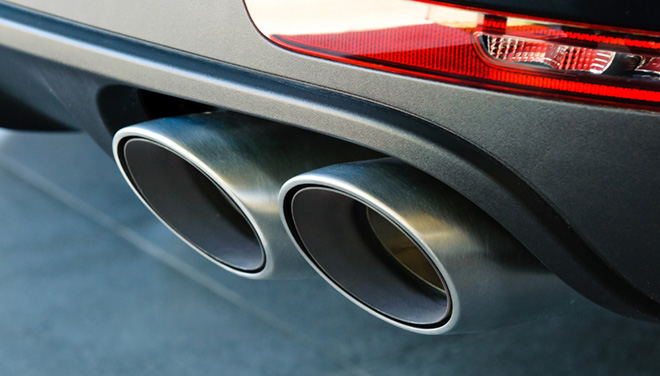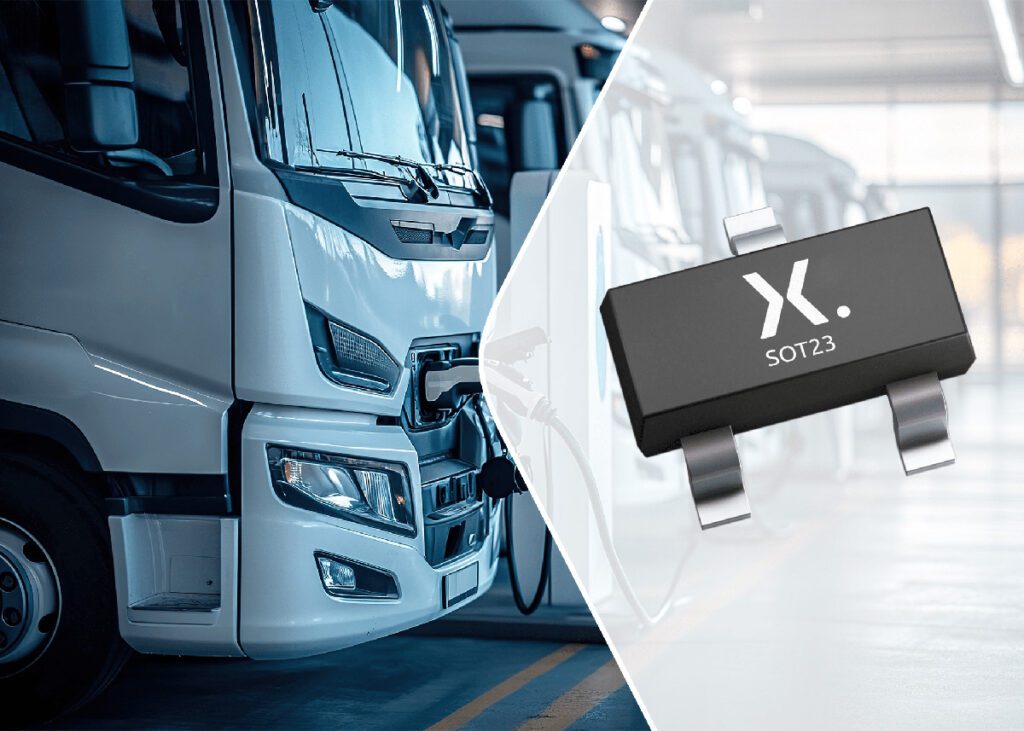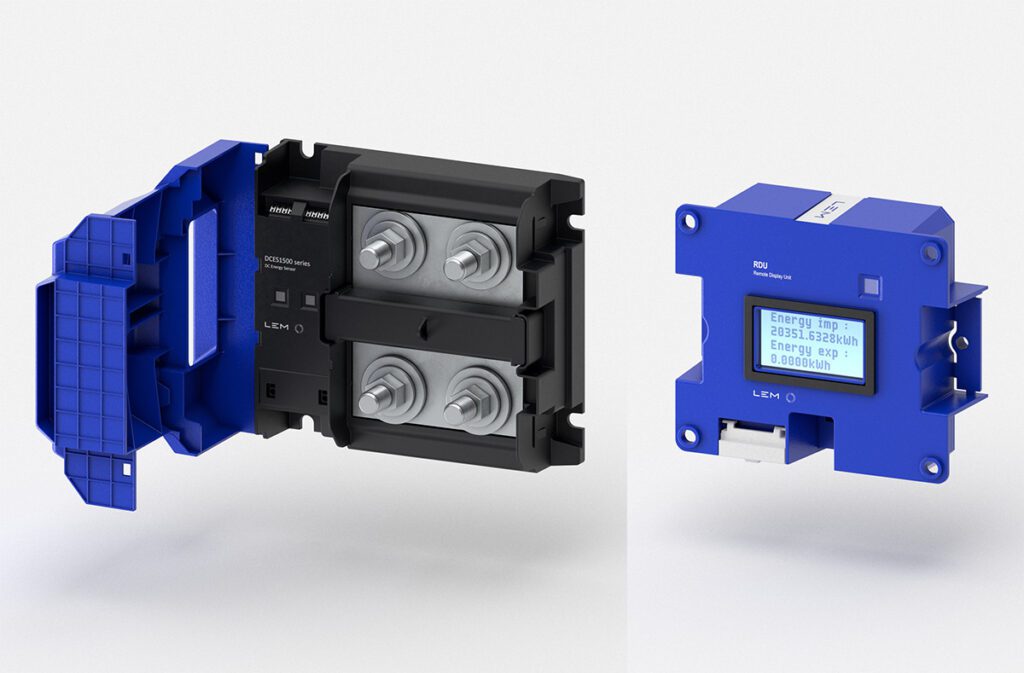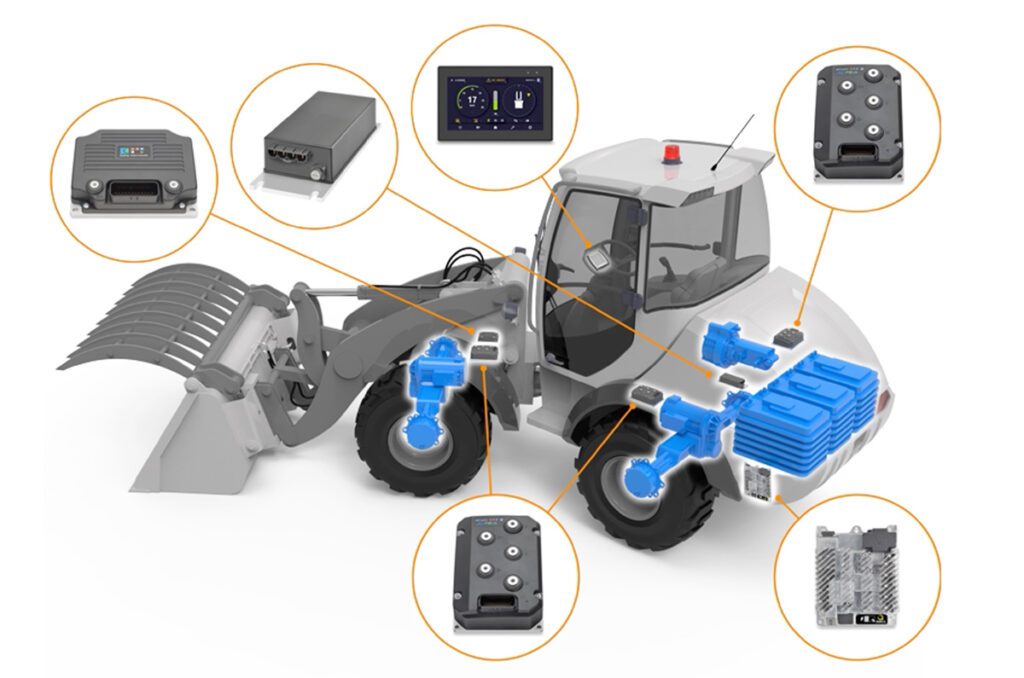With a new administration in Washington, federal fuel efficiency and emissions standards for vehicle model years 2022-25 are being reconsidered, and automakers have high hopes that those standards will be relaxed. Their main argument for doing so is that the cost of meeting increasingly strict standards will be too high.
However, a new study by the International Council on Clean Transportation (ICCT), the independent research group that helped expose the VW diesel emissions scandal, finds that the cost of meeting those standards in 2025 is likely being overstated by as much as 40 percent. In fact, the paper finds that even more stringent standards out to 2030 are feasible.
“Our research casts fresh doubt on automakers’ claims that the standards are too difficult and costly to meet,” said lead author Nic Lutsey. “And we find that technology and cost trends make setting even more stringent targets out to 2030 not only feasible, but desirable, because they would produce fuel cost savings to consumers two or even three times the technology costs per vehicle.”
The ICCT found that previous costs of compliance have been greatly overestimated. State-of-the-art engineering studies and emerging supplier technology developments indicate that costs will drop by thousands of dollars per vehicle by 2025, and compliance costs for 2025 standards will be 34-40% lower than projected by the EPA.
The paper also found that automakers will not have to depend on EVs to meet standards in the near term. Increasing ICE efficiency will result in cost-effective mileage improvements of 8-10% by 2025, compared to the EPA’s analysis.
The ICCT also found that efficiency improvements would more than pay for themselves. Progressively more stringent standards can be achieved cost-effectively, and would result in modest, gradual vehicle price increases through 2030. Consumer fuel savings would be two to three times greater than costs.
“This analysis affirms just how reasonable the 2025 standards are,” said Lutsey. “The bottom line for consumers is that this technology literally pays for itself – with thousands of dollars of fuel savings per vehicle, even if gas prices stay low. Incrementally pushing the standards further through 2030 is eminently feasible from a technology and manufacturing cost point of view. If the US wants to be a global leader, and remain a stable market for vehicle technology investments here, they will stick with the standards.”





















































































